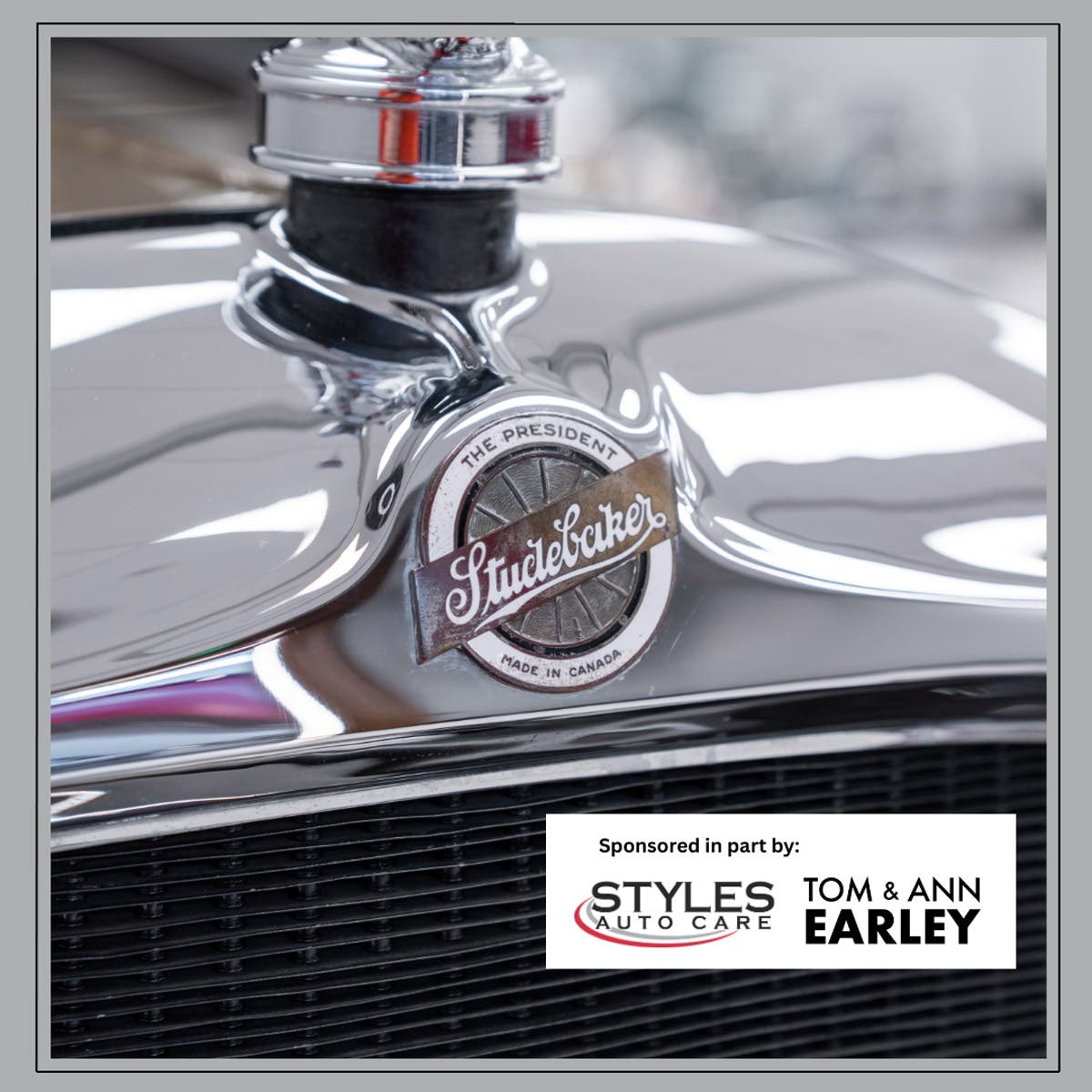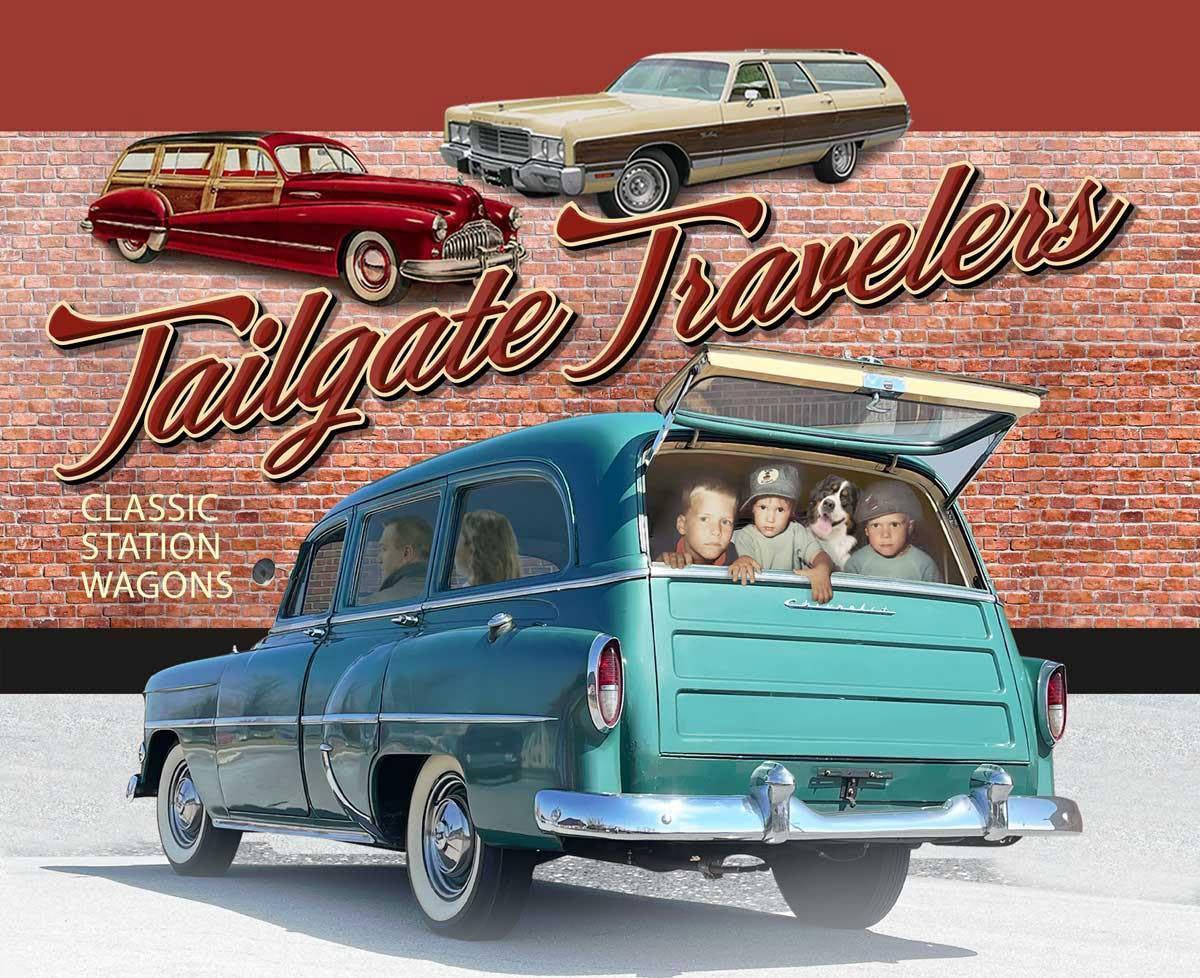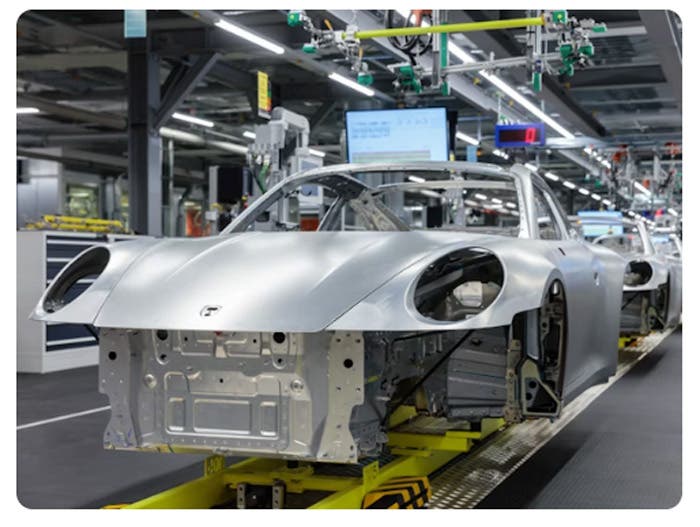CURING LIFTER PROBLEMS ON OLD CARS
When “zero-lash” or “hydraulic” valve lifters caught on after World War II, they began to show up as a new-and-improved feature of many 1950s car. At first, mechanics of the…
When “zero-lash” or “hydraulic” valve lifters caught on after World War II, they began to show up as a new-and-improved feature of many 1950s car. At first, mechanics of the era thought the days of making the valve lash adjustments required on solid-lifter engines were over. However, it didn’t take long for them to discover that even these new valve lifters could wear and that dirt could work its way into hydraulic valve lifters and cause problems.
When worn and/or dirty, hydraulic lifters would get sticky and make a racket. Car owners discovered that hydraulic lifters could click and clatter, too. Some brands of cars became known for their “lifter chatter” and enthusiasts of the day could identify certain cars by their distinctive underhood noises.
Fast driving often caused wear, while yesteryear’s carbon-fouled oils promoted the formation of sludge and varnish on engine parts such as lifters. When tearing down a modern engine, it is rare to find the caked-on carbon, black-colored parts and crusty creosote-like deposits that were commonly discovered in old engines disassembled not all that many years ago.
Back then, every mechanic knew the sound of a sticky lifter, but they also knew it was impossible to tell which lifters were making the noise. Most shops simply replaced all the lifters, since parts were relatively cheap and easy to get back then. In 1955, a set of lifters for a Cadillac overhead-valve V-8 cost about $16. The alternative was removing and cleaning every lifter and giving it a bleed-down test, which even at the era’s low labor rates cost more than new parts.
Today, the parts are harder to get and pricey, so it pays for hobby restorers to know about a way that old-time mechanics located noisy lifters. They figured out how to do this using a dial indicator type valve gapper. Eighty percent of cars with sticking lifters had problems because of varnish and gum building up between the barrel and plunger of the lifter. If these build-ups could be located, most bad lifters could be collapsed and cleaned with a fast-acting detergent.
First, the engine had to be started and allowed to idle long enough to reach operating temperature. Then, with the engine still idling, the tool’s barrel pin was placed in the lower hole and the valve gapper was set on each valve in turn. If the hands on the dial stayed steady, a lifter was OK. If the hand vibrated back and forth, it meant that a lifter was sticking or not working properly.
Mechanics usually chalk-marked the bad lifters. After all the lifters were checked, the barrel pin was placed in the upper hole again. Then, each of the bad lifters could be cleaned up. The valve gapper was placed on the valve spring assembly. Since the pin was now in the upper hole of the valve gapper, the lifter was put under enough increased tension to cause it to collapse. This depressed the lifter’s plunger into the barrel of the lifter, exposing any gum and varnish deposits. A squirt can was then used to force concentrated tune-up oil down the push rod, into the lifters, where it would usually dissolve the unwanted deposits.
After all of the bad lifters had been cleaned using this procedure, the barrel pin was moved back to the lower hole, so that the lifters could be re-checked in the same way they were at first. The mechanic would make doubly sure that all of the lifters that had been marked with chalk were no longer sticking. If a lifter was still bad, it meant that dirt was not the culprit. The lifter had a mechanical problem that could only be fixed by swapping in a different lifter.
The cost of checking lifters with a dial indicator valve gapper was approximately $15-$21 in 1957. This was less than the cost of removing and cleaning all lifters and far less than the cost of an overhaul with new lifters. Even though a set of lifters was only $16, the job also included labor, tune up oil and an oil and filter change, which made total replacement more expensive. With today’s high costs of vintage car parts, the savings would be even greater.








